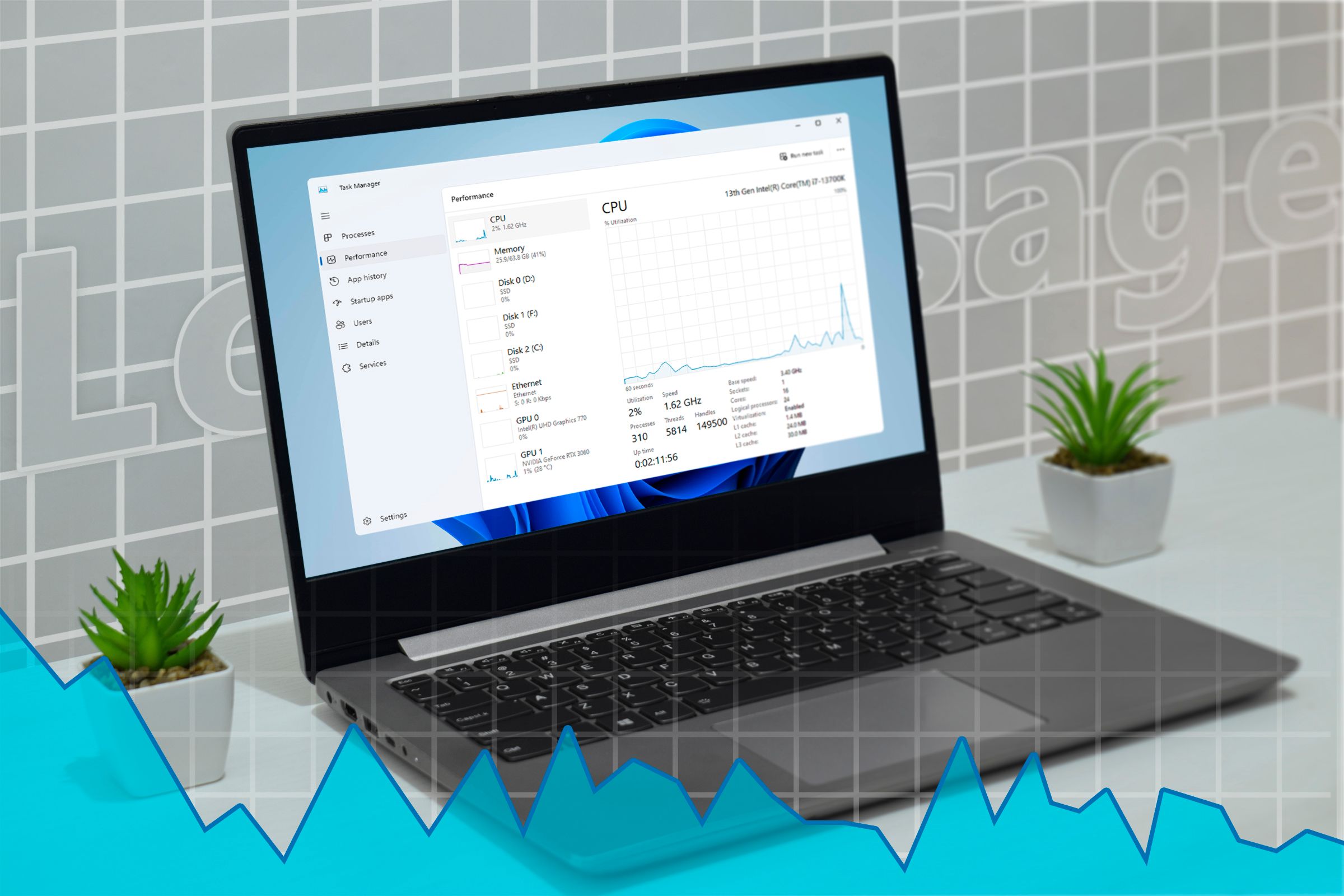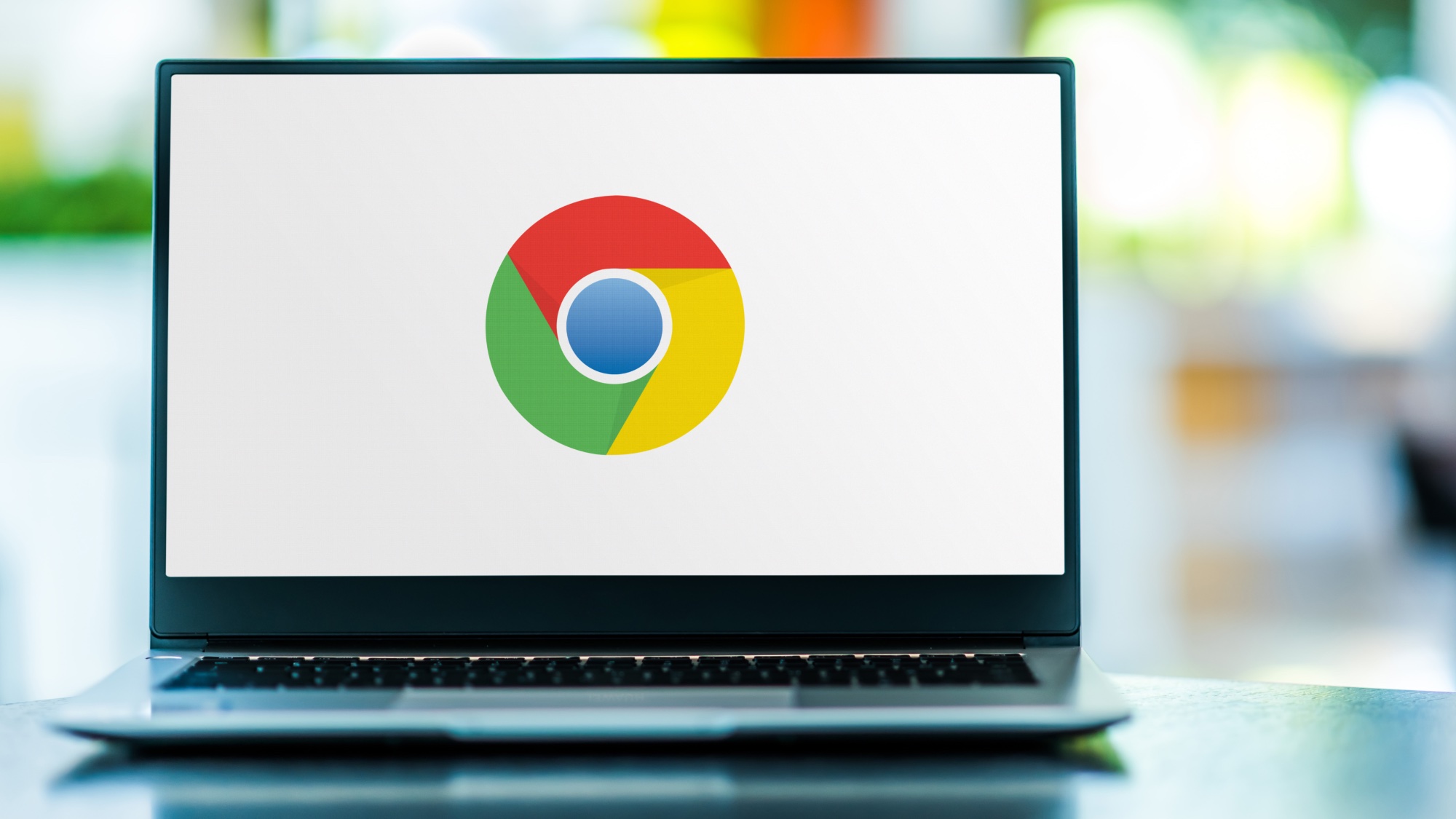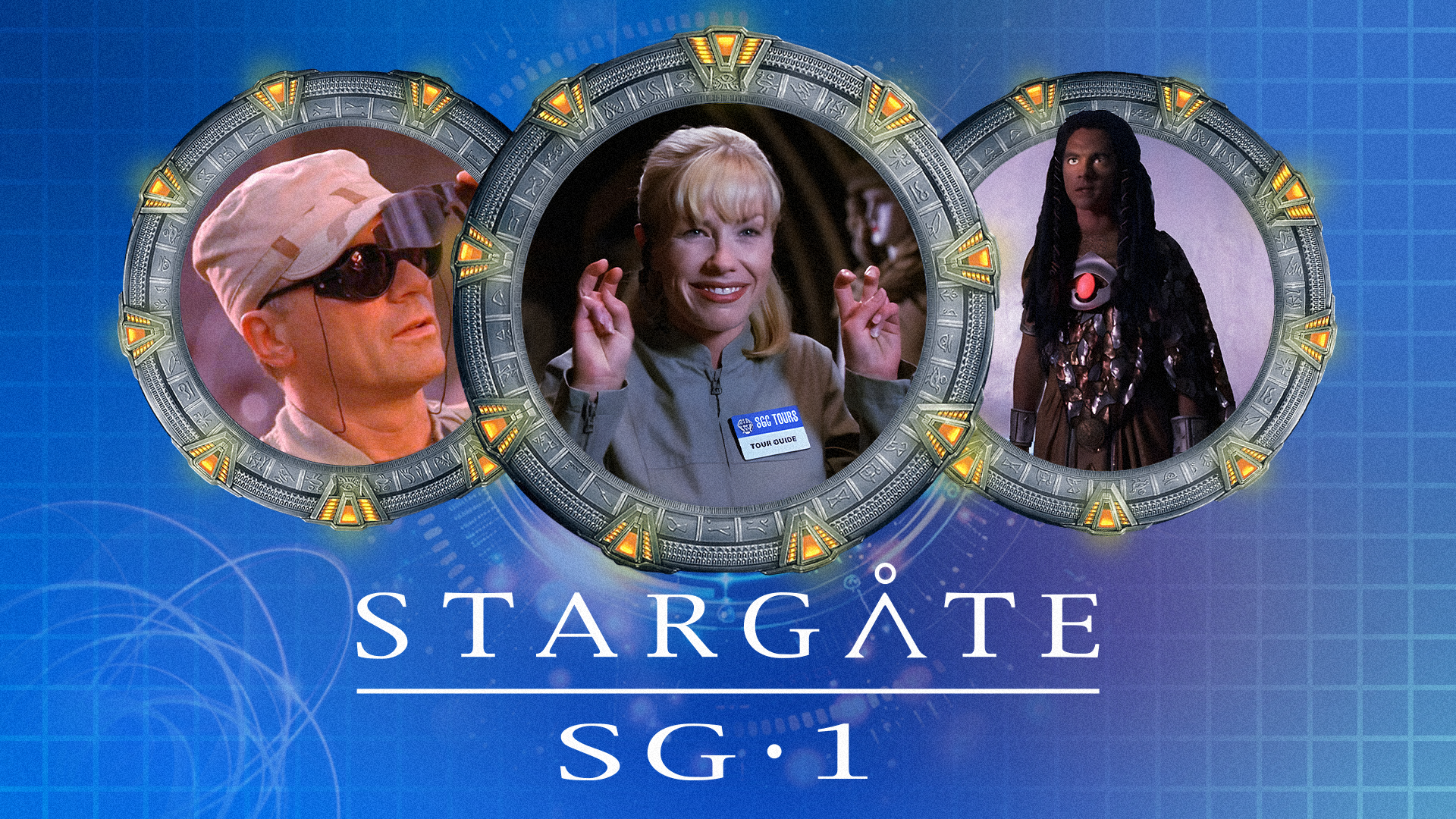Protect Your Hardwood Floors From These Six Things

We may earn a commission from links on this page.
Hardwood floors can last for decades if they are well taken care of. Hardwood is a durable material that can add to your home value because of its visual appeal and long-lasting nature, but there are some culprit that can ruin your beautiful (and costly) floors far too early. Knowing how to prevent fading can add years to your hardwood and save you money on restoration and replacement costs. Here are some things to look out for.
UV and infrared light
Direct sunlight can cause your hardwood to fade more quickly because it will expose the floor to UV and infrared light. These wavelengths of light aren’t visible to us, but they can wreak havoc on hardwood. You can prevent this type of fading by using a UV/IR coating on your windows, and keeping shades and curtains drawn when the sun is directly shining through the windows. When choosing new windows when it’s time to replace your old ones, you can opt for Low-E (low-emissivity) windows. These will minimize the amount of infrared and ultraviolet light that comes through your windows, and thus, help to preserve your floors—and help keep your utility bills lower, as well.
Heat
Heat can fade hardwood by toasting the surface of the boards. While most heat damage to floors comes from sunlight, you should also take care when using space heaters, especially ones that use infrared wavelengths. If you use space heaters, putting them up off the hardwood on rugs or mats and keeping the wood surface out of the direct line of fire from infrared heaters can preserve the color of your floors. If you have a wood-burning stove or a fireplace, using a fireplace rug can help prevent fading and add a layer of fire protection too.
Moisture
Hardwood floors can be damaged due to moisture from leaks, humidity, or water being tracked in from outdoors. Water damage can cause fading, especially if the finish on your floors is worn away. To prevent damage from moisture, using rugs in high-traffic areas to keep from tracking water in from outdoors can help, and wiping up water from spills or leaks as quickly as possible will help keep floors looking like new. If you live in a place with high humidity, using a dehumidifier can help your home feel more comfortable and save your floors as well.
Dirt
When you track dirt onto your floors, abrasive particles can come with it. These tiny particles can wear out the finish on your floors prematurely and allow fading to occur more rapidly than it otherwise would. To prevent wear from dirt and grit, use mats to catch debris tracked in on shoes, remove shoes when you’re inside, and sweep or vacuum regularly to prevent dirt from hanging around on floors for too long.
Salt
Salt and ice-melt chemicals can quickly damage hardwood; the salt can react chemically with the wood fibers, causing fading and discoloration. To keep salt from ruining your floors, keep winter boots clear of your hardwood by removing them when you’re indoors, using mats, and making sure to clean floors if there is any snow or water tracked in during the winter. You can also install a boot scraper outdoors to get most of the snow and debris off your shoes before you enter your home.
Some cleaners
Hardwood is a porous material, so it can absorb cleaning products and they can cause discoloration more quickly on hardwood than on artificial surfaces like vinyl plank flooring. Acidic cleansers like ammonia-based floor cleaners or vinegar can damage the finish on your hardwood and cause your hardwood floors to fade. Other common household solvents that can discolor hardwood floors are acetone that’s commonly found in nail polish remover, rubbing alcohol, bleach, and hydrogen peroxide. The other thing to avoid when cleaning hardwood floors is, of course, using a lot of water. To safely clean your hardwood floors, follow our guide.











